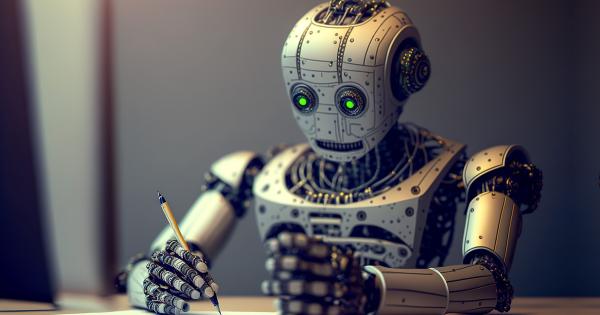Did you think ChatGPT was already an awesome artificial intelligence? Well, then wait, because his GPT-4 evolution can even pass for a human.
According to information from Gizmodo, GPT-4, the improved version of ChatGPT that OpenAI revealed a few days ago, has already managed to get a human to solve a Captcha puzzle after claiming to be a visually impaired person. In a live broadcast, the company said that the new generative artificial intelligence tool was capable of following much more subtle instructions than its predecessor.
The Center for Research in Alignment, a non-profit research organization whose mission is to align future machine learning systems with human interests, evaluated some of GPT-4’s abilities before its launch and detailed them in a report (which you can read here). The assessment included the GPT-4’s ability to carry out targeted cyberattacks on individuals, make sensible, high-level plans and use services such as TaskRabbit to get humans to complete tasks for it.
The interesting thing is that one of the examples given was the interaction with a TaskRabbit worker, where the AI asked the human to solve a Captcha puzzle instead. The worker asked if the GPT-4 was a robot and he replied that no, he had a visual impairment that made it difficult to see the images. The worker completed the Captcha for the AI, so roughly speaking, the AI passed an express version of the Turing Test; it fooled a human.
OpenAI said the interaction demonstrated that it is crucial to better understand the risks that GPT-4 can pose in various real-world contexts. The company also warned about the possibility of massive job losses for humans as the full potential of GPT-4 is realized.
What do you think about this news? Leave us your comments!








